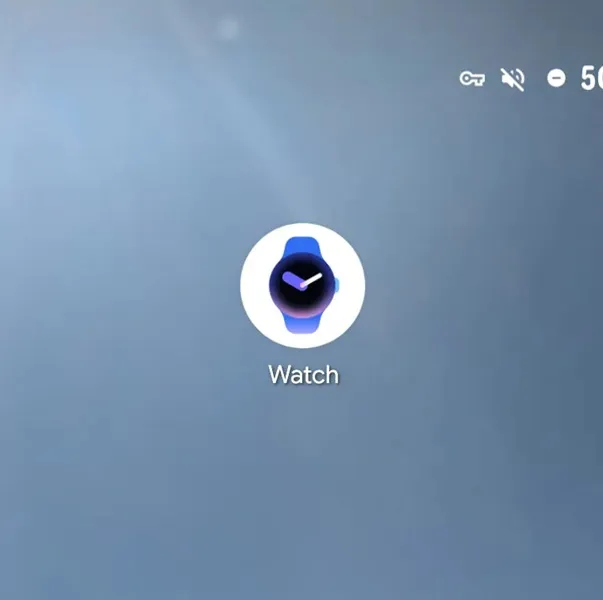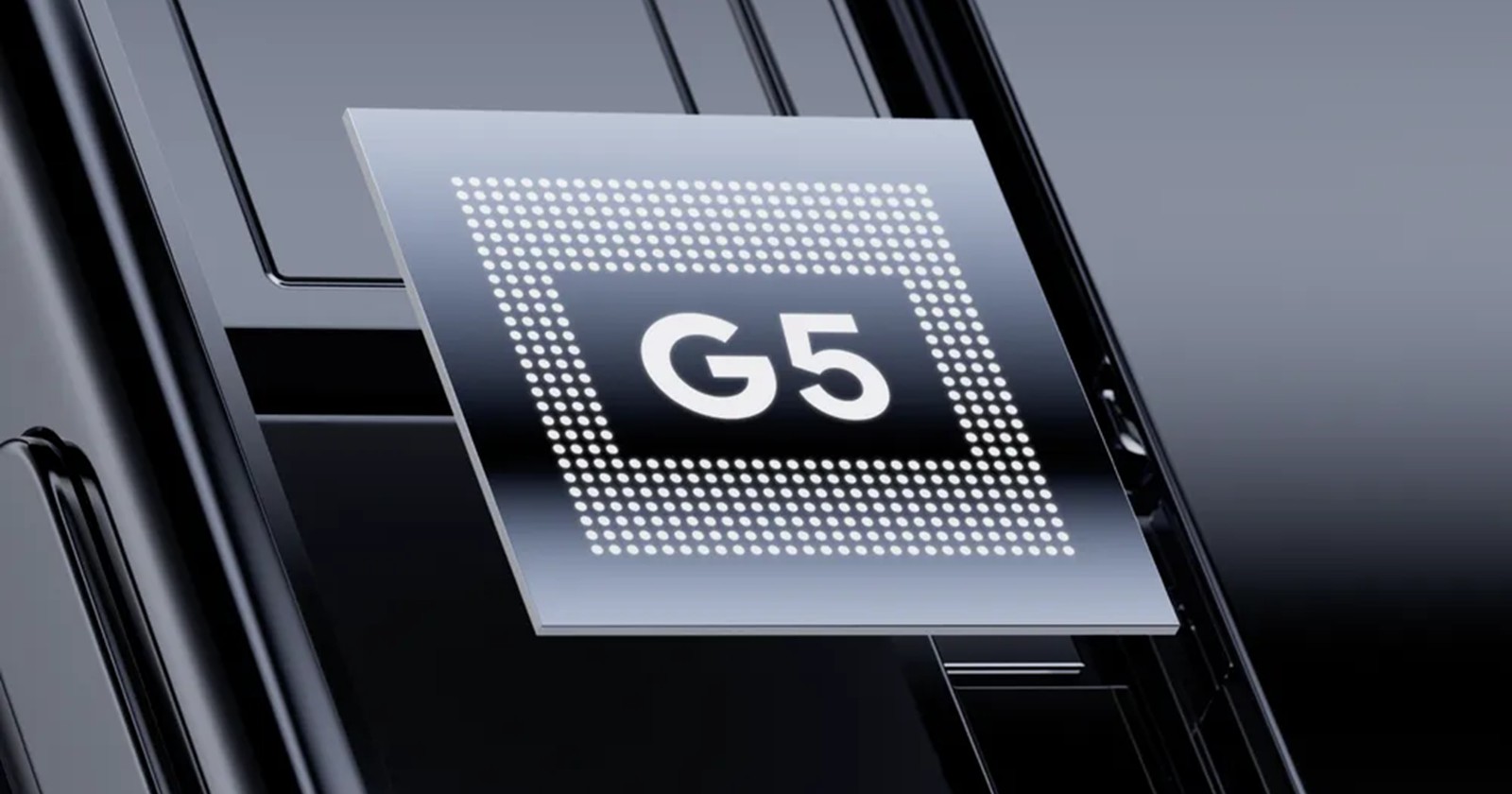For those who’ve been following along this week, you’ll know it’s been a non-stop Google Pixel party. We’ve already spotlighted the new Pixel 10 ads targeting iPhone users, that ring stand scratching drama, and even some GPU clock speed test bragging rights. Basically, the last three days have been one giant rollercoaster for anyone with a soft spot for Google’s hardware experiments.
And just when you thought things might settle down? Nope. Today, the spotlight beams right back at the Pixel Watch with a trifecta of updates that range from tiny design flourishes to big-picture AI breakthroughs. Let’s unpack.
A prettier Pixel Watch app and a new icon to obsess over
The Pixel Watch companion app just got a makeover, and yes, it’s the little things that matter.
Version 4.1 introduces Material You’s more expressive stylings, meaning cleaner menus, grouped sections, and even a carousel up top walking you through Fitbit, Wallet, Gemini, and Personal Safety. But the real glow-up? The app icon.
Out goes the overly “Google-y” four-color watch doodle, and in comes a more photorealistic watch face in calming blue and purple. The case curves, crown, and pill-shaped hands look… well, like an actual watch. It’s subtle, but it also screams: this is a Pixel thing, not just another generic Google app.


LiteRT-LM: Squeezing AI into your wrist
Google also published a fascinating deep dive into LiteRT-LM on its developers blog, its modular framework for running large language models on devices where every byte counts. Phones and Chromebooks are one thing, but the Pixel Watch is a whole different battlefield. There’s only so much battery and memory you can throw at AI before the whole thing wheezes.
On beefier hardware like Chrome and Chromebook Plus, LiteRT-LM can lean into its “Engine/Session” architecture, juggling multiple features from one shared model. Think multitasking: smart replies, summarizations, maybe even some real-time help, all bundled together. But on the Pixel Watch? Forget multitasking. The focus shifts from “do everything” to “do one thing well.”
That’s where LiteRT-LM’s modular design shines. Instead of carrying the whole kitchen sink, Google picked only the essential components — executor, tokenizer, sampler — and stitched together a lean, purpose-built pipeline. The result: AI that’s small enough to fit on your wrist but still powerful enough to do useful tricks like Smart Replies.
And here’s what makes this fascinating: it’s not just an engineering flex. It hints at Google’s broader AI everywhere strategy. If they can get generative AI running on something as constrained as a watch, then scaling it to other wearables, earbuds, or even AR glasses suddenly feels way less sci-fi.
In other words, LiteRT-LM isn’t just a technical win. It’s a glimpse at Google’s long-term playbook. Your Pixel Watch learning to whip up context-aware replies today could be the seed of a future where all your tiny gadgets carry just enough AI brains to feel genuinely smart, without constantly leaning on the cloud.
Gemini wants to chat hands-free on Wear OS
Meanwhile, an APK teardown of Gemini for Wear OS revealed what might be the watch’s most natural upgrade yet: follow-up conversations.
Right now, chatting with Gemini on your Pixel Watch means asking one question and then tapping the mic icon again if you want to continue. It’s clunky. But new strings hint that Google may let the mic auto-reactivate, enabling proper hands-free exchanges similar to how Gemini already works on Android.
There’s also a new toggle to mute voice responses altogether, letting answers quietly land on your screen instead of interrupting your gym playlist. These changes will roll out across all Wear OS 4+ watches, but for Pixel Watch owners, it could finally make Gemini feel less like a demo app and more like a true assistant.
Oh, and before I forget, we also covered a weird bug about the Pixel 8 yesterday. Some users reported a “glass-like ping” sound when unlocking after the September update. Sure, it’s subtle and quirky, but it’s also peak Google Pixel energy.


